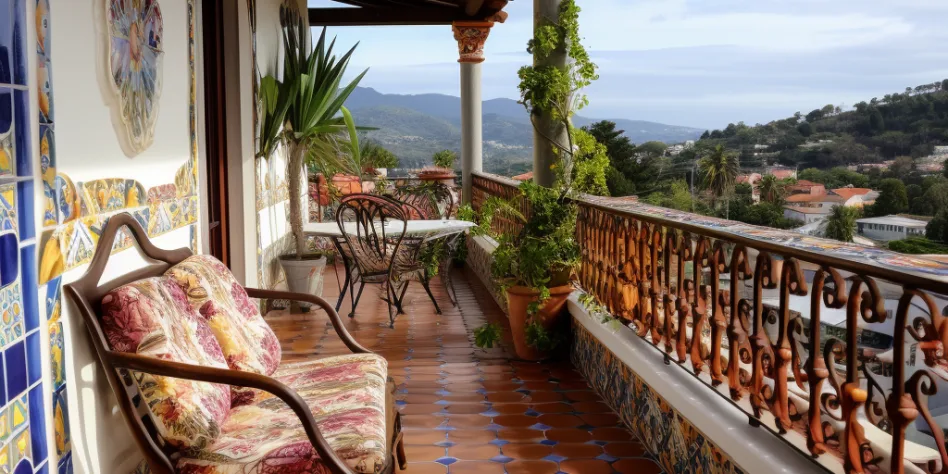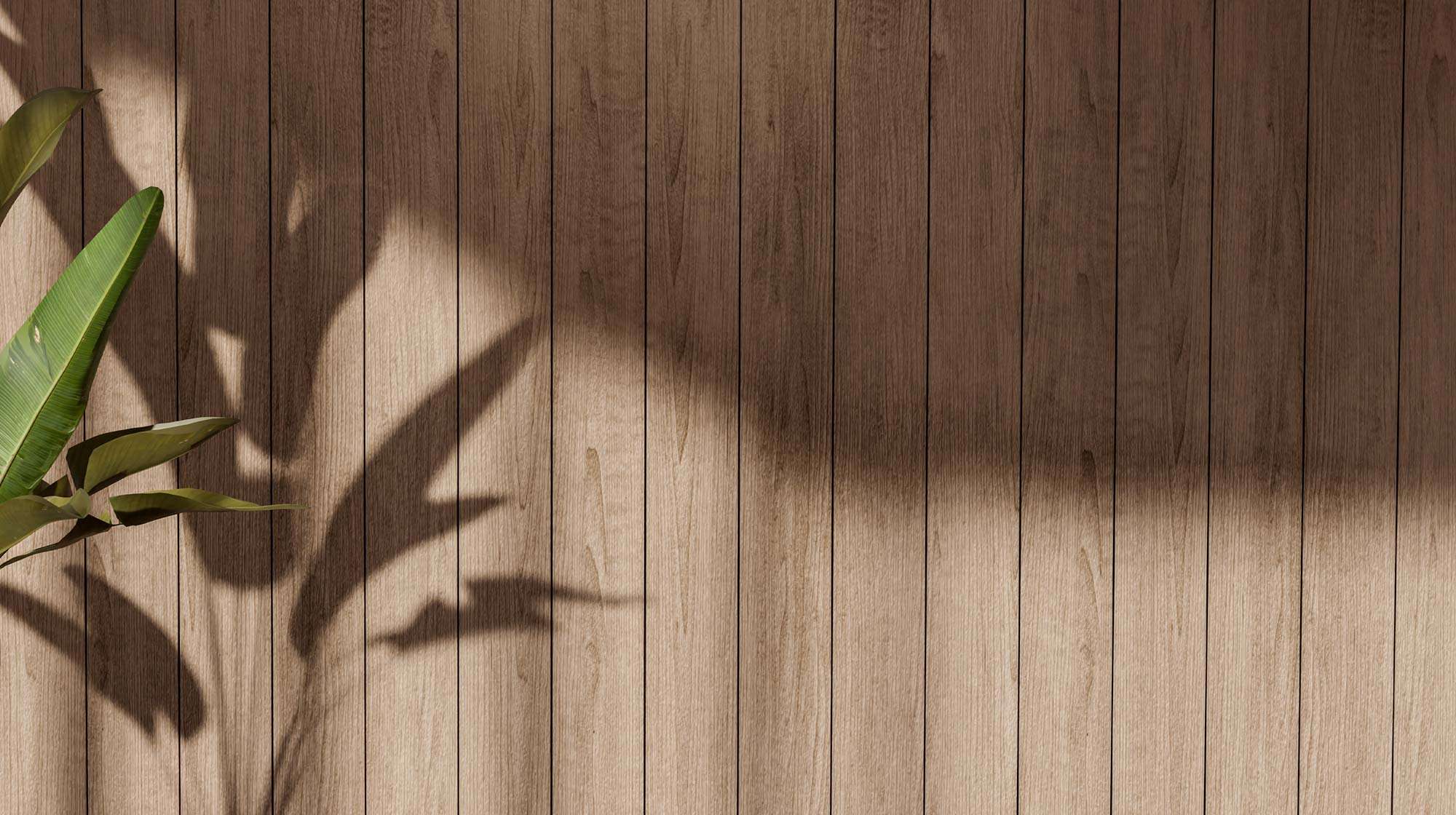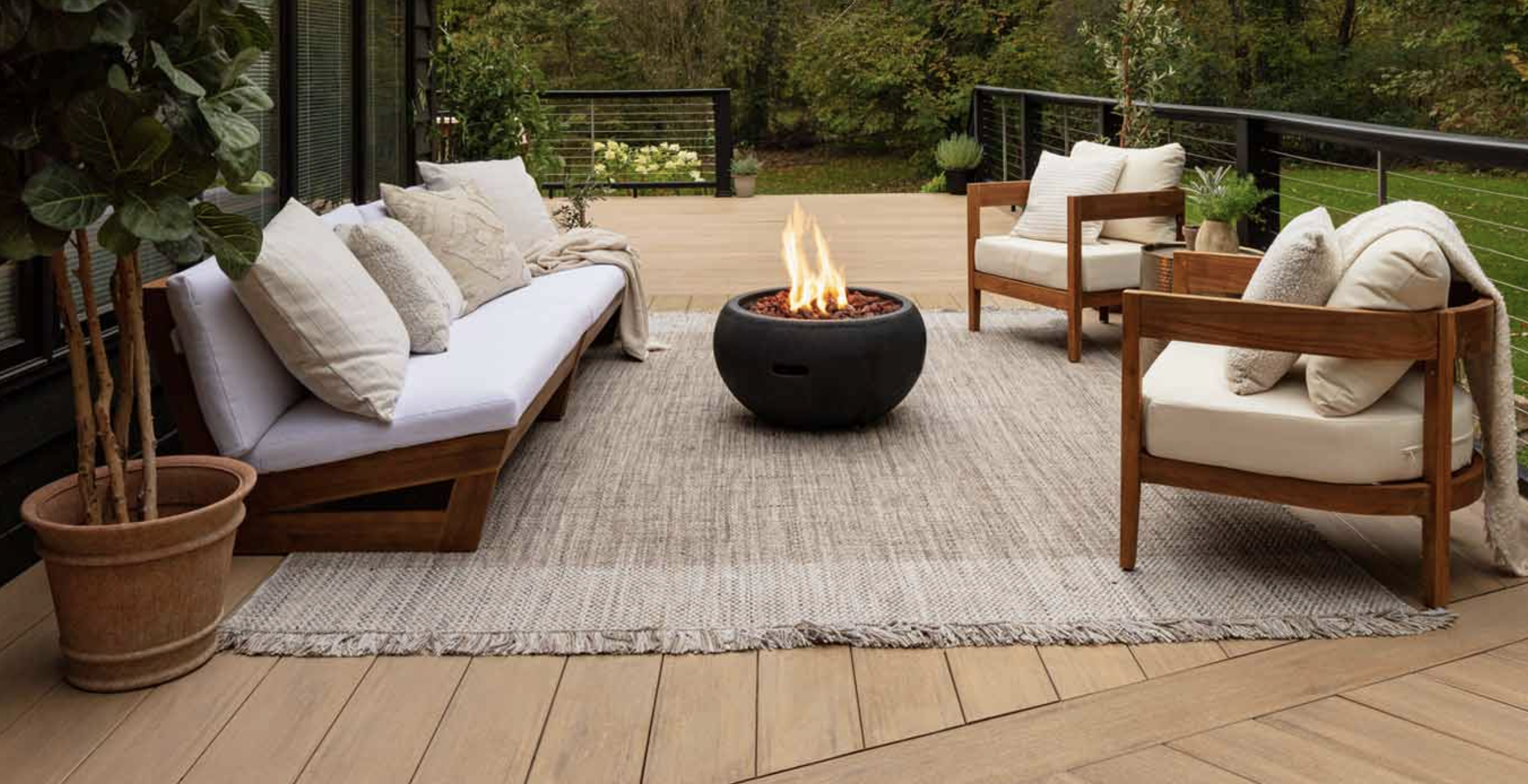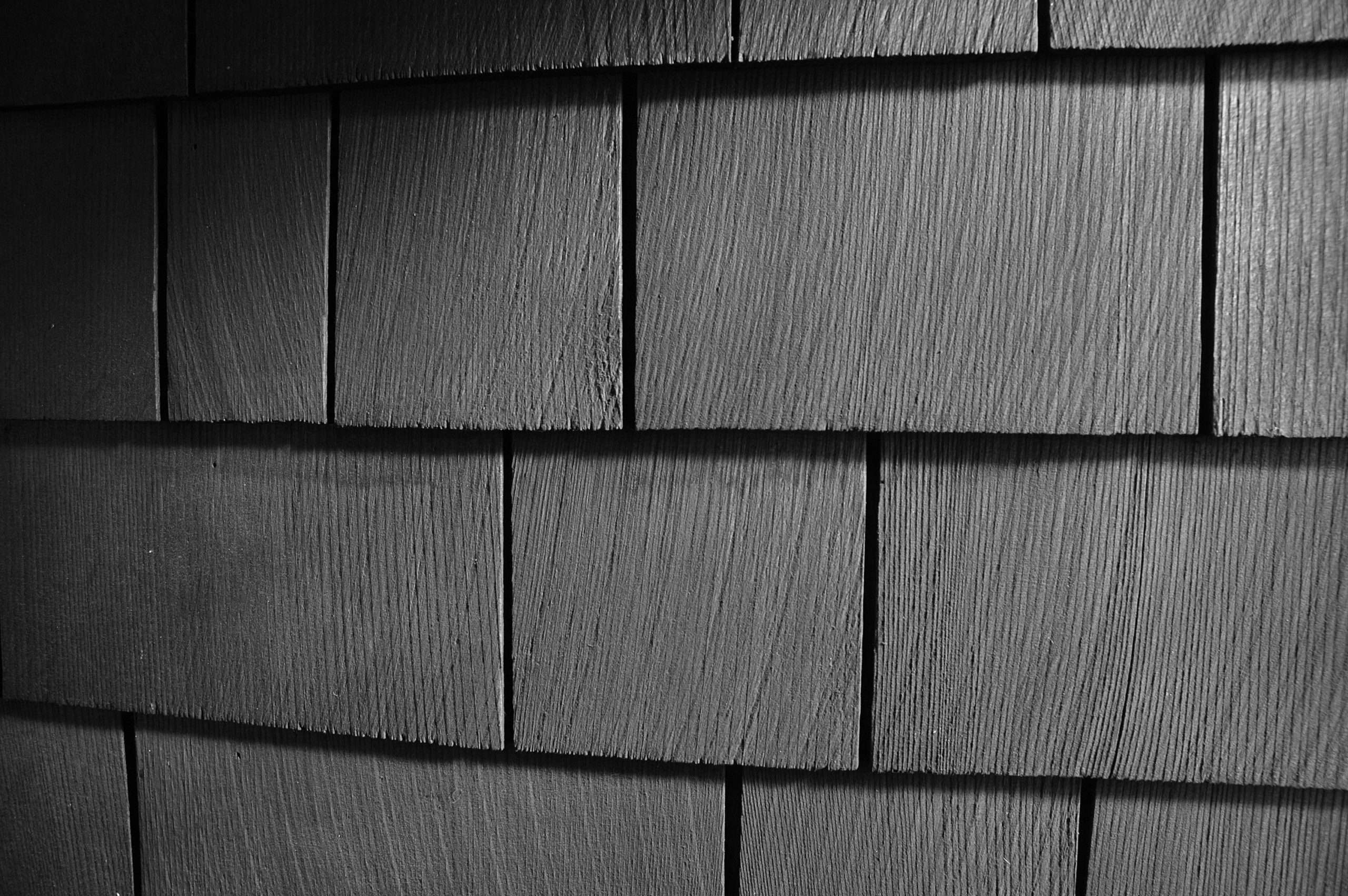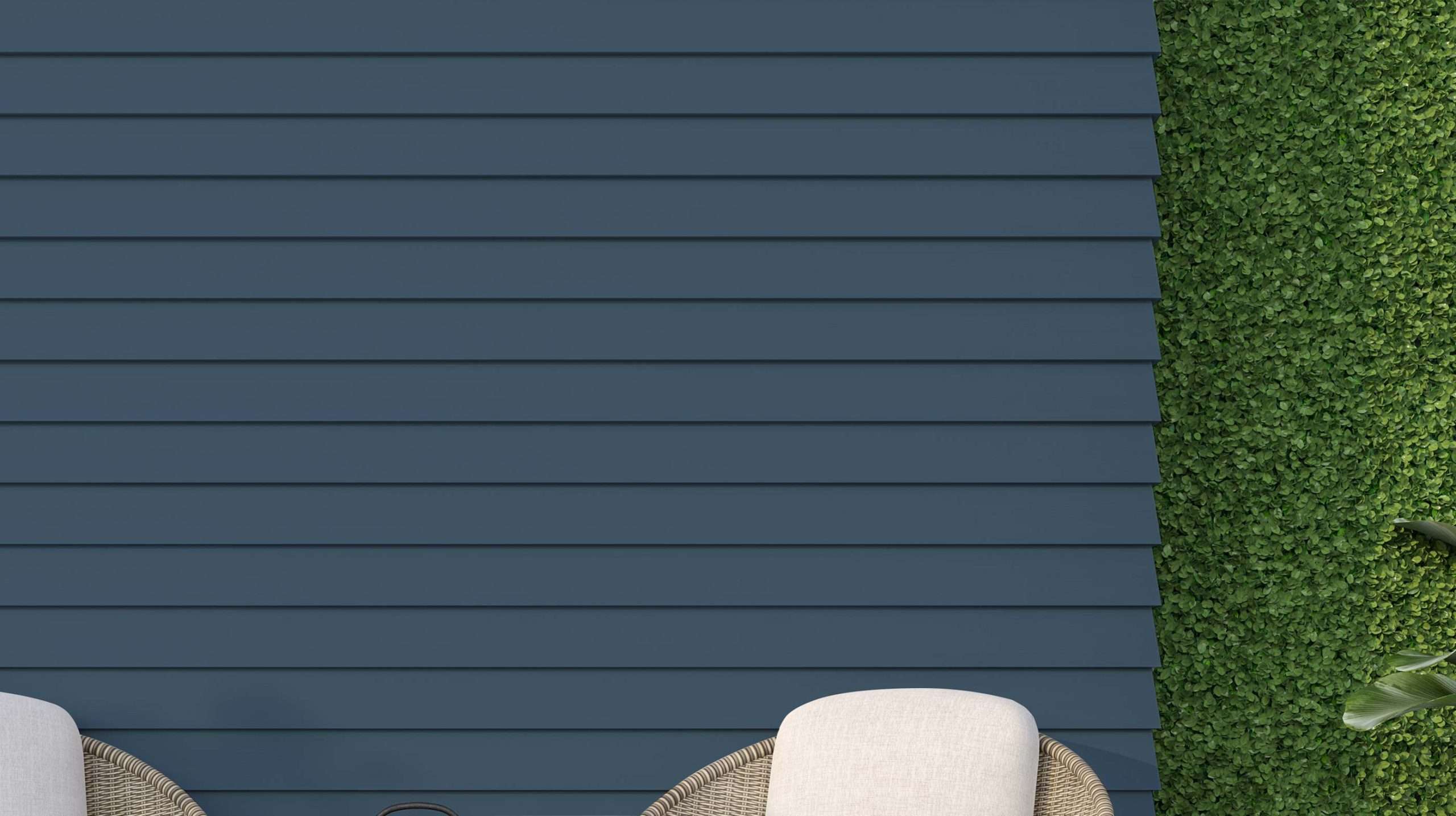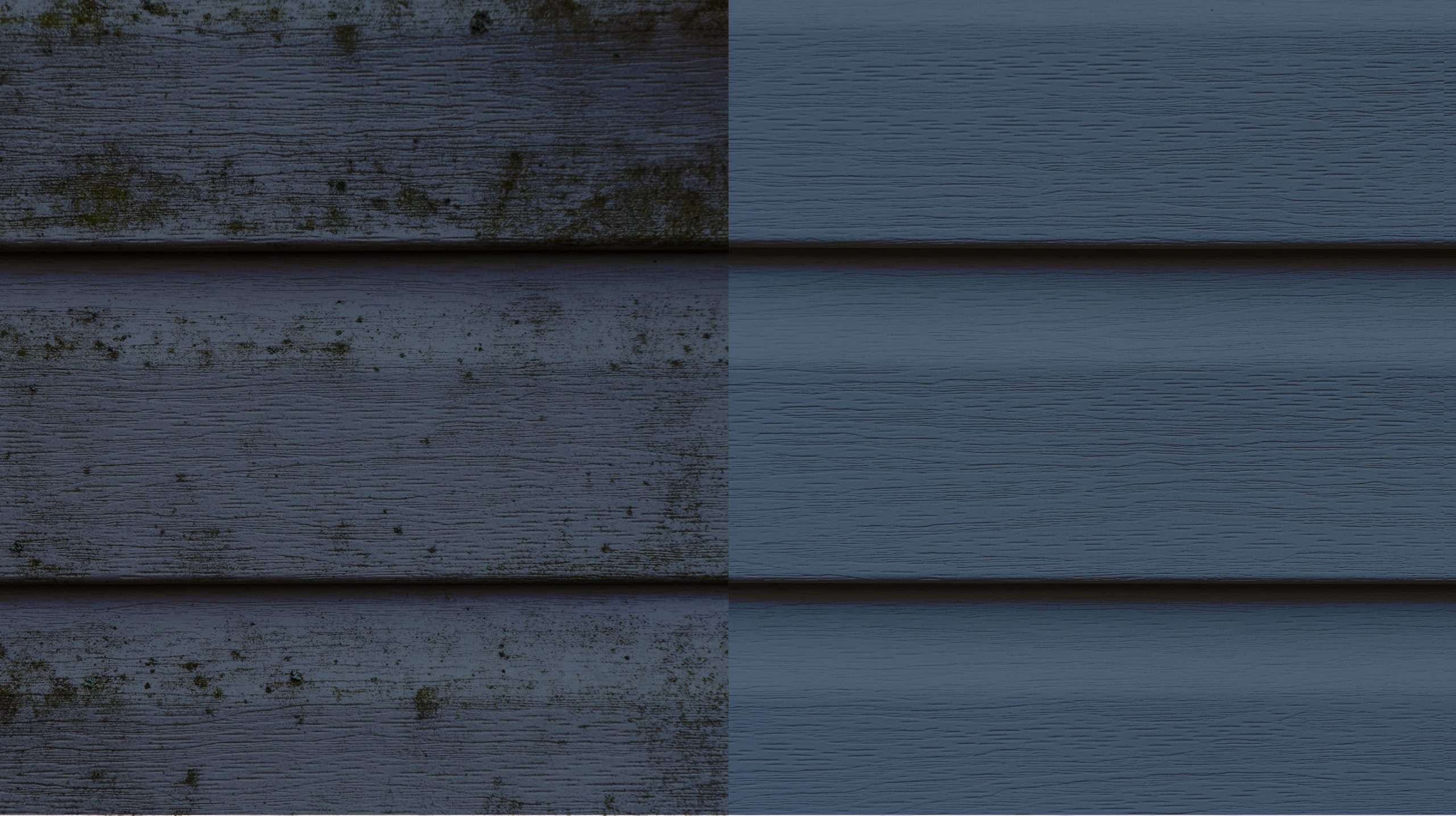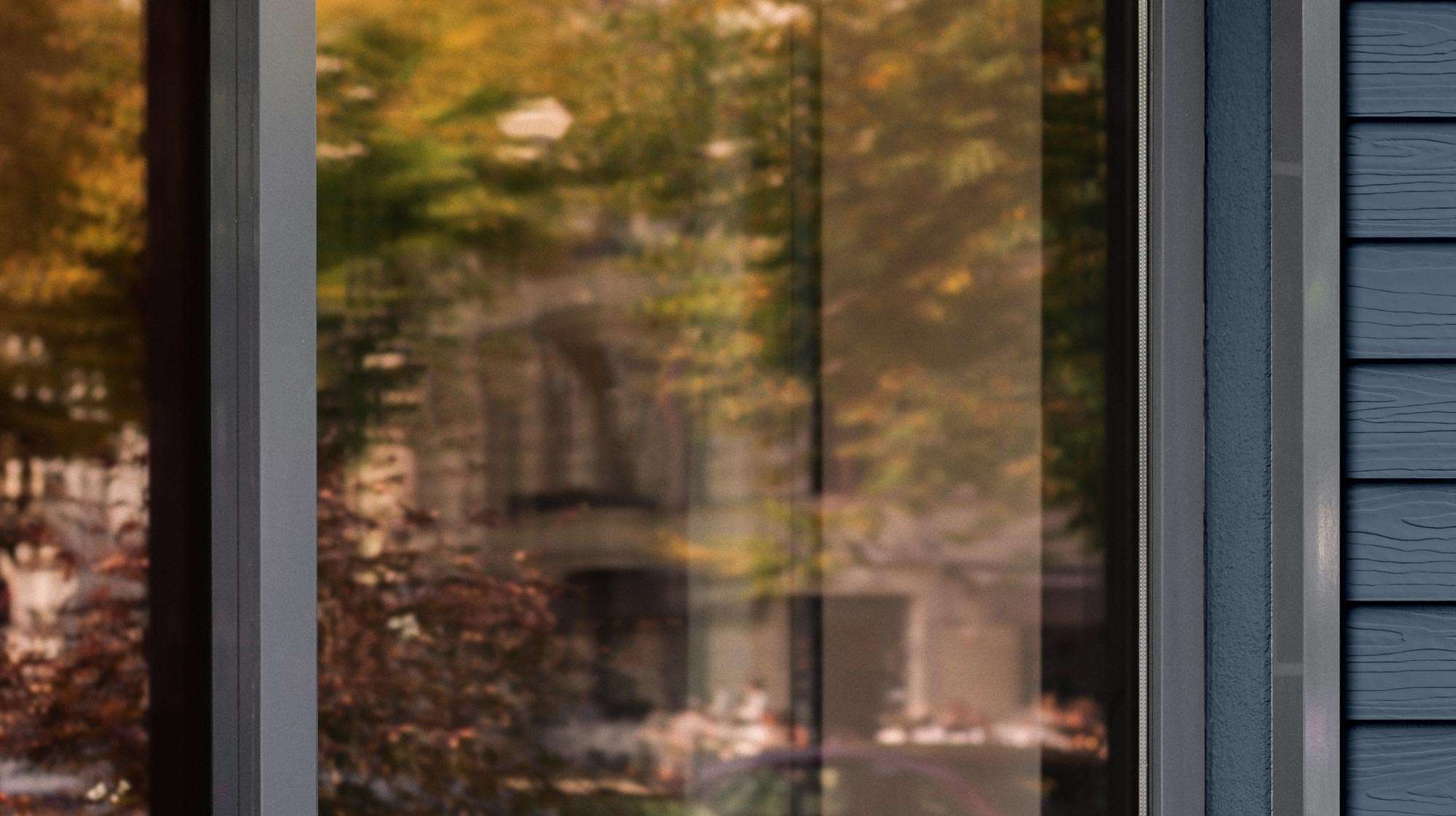Waterproofing is not just for your personal defense against the rain, it’s for your deck too!
Do images of Wellington boots, yellow raincoats, and umbrellas come to mind when you think about “waterproofing? Not often does the thought of a deck or balcony come to mind, but as you waterproof yourself, there are ways to waterproof a deck or balcony.
If you have a balcony above a living space, or your garage/guest bedroom is underneath a rooftop deck, then you have what is called a “waterproof deck/balcony.”
Waterproof decking refers to a type of decking that water can't pass through, typically above another area that you wouldn't want getting wet. Waterproof decks typically have a solid blue/gray coating on them, other times they could be covered with tile or stone.
Table of Contents
- Waterproof Deck Anatomy
- Flashing & Sealing
- With a Great Deck Comes Great Responsibility
Waterproof Deck Anatomy
Although waterproof decks seem similar to a standard deck, there are few critical components that give it the wonderful ability to keep water from dripping onto the floor below during the raining season, when washing the deck, or when the morning dew settles.
Waterproof decks have all of the same structural components as a normal deck such as a ledger, joists, a rim joist, and more. To learn more about the composition of a deck structure, read our article about the Anatomy of a Deck.
Whether your waterproof deck is a cantilever deck, post and beam deck, or a different type of structural system, the components that make your deck waterproof will be the same.
The first component that makes up a watertight deck is a piece of plywood that is placed on top of all the joists. The wood is nailed down to the top of the joist to create a flat surface profile.
On top of the plywood is where the magic happens to create a waterproof oasis. After the plywood has been attached, the waterproof deck contractor would fill all seams where the plywood meets with a waterproof caulk.
Flashing & Sealing
After the plywood has been caulked and sealed, metal flashing would be applied around the perimeter of the wood structure, to help water shed off of the exposed plywood edges.
Once the flashing has been installed the contractor would then seal all seams and edges with waterproof primer and adhesive to ensure minimal movement underneath the waterproof coating. After all seams are sealed a deck coating primer is applied to the entire deck surface.
It's now time to lay down the deck coating. The first layer of the deck coating is a thick texture layer that gives the deck a bumpy or rough look. This is to help create a safer profile for walking on.
Once the texture coat has been completed and dried, a coat of polyurethane sealer is put on top of the texture coat. Your waterproof deck is complete and ready to serve as your outdoor living space.
With a Great Deck Comes Great Responsibility
It's important to note that while waterproof decks provide a great option to maximize the useful space of your home, there is some special maintenance required for waterproof decks.
Since all deck framing members are concealed, if your deck develops a leak, it can go unnoticed for quite a while. This creates some serious risk, as it can lead to framing damage, mold, and moisture buildup. With proper maintenance all of this can be avoided.
Waterproof decks should be recoated every 5 years and inspected yearly to ensure that the waterproof system hasn't developed any cracks that could potentially lead to water intrusion inside your deck system.
